Do you, like me, sometimes lack confidence?
While the rest of the country was suffering through blizzard after blizzard, battling through drifts of snow to and from work, I was in Cuba with the Santa Fe Photography Workshop. It was an amazing experience but one I almost didn’t do. Why? I worried about whether I could leave my practice unattended knowing I would truly be out of communication for 7 days; I worried about the cost; I worried about whether, despite all that was said in relation to the People-To-People Cultural Permit granted by the US Department of the Treasury, this wasn’t truly legal; I worried about my rusty Spanish, and whether I would understand anyone; most of all, I worried about being with a bunch of professional photographers, when I had no experience and a brand new camera.
Despite all my doubts, I boarded the plane in Miami for the short 90-mile flight, landing mid-day in Havana at the Jose Martí Airport, where it was at least 85 degrees and humid. Looking out toward the car park, there was a billboard with Ernesto “Che” Guevara, probably known as the most prominent Communist fighter in the revolution that ousted General Fulgencio Batista in January 1959 and Fidel Castro became the country’s new leader. Many laws were passed during those first 100 days in office, including redistribution of land, nationalization of a variety of private companies, reductions in rents, and the end of segregated facilities for blacks and whites at places like swimming pools. All citizens were now allowed a free (state financed) education. The United States, fearing a Communist state so close to it’s borders, began a decades long trade boycott, and the rest as they say, is history.
History is unfolding differently in Cuba now. There has been a liberalization of all kinds of things: citizens can buy and sell land (for years, the only plots they were allowed to own were family graves at the gigantic necropolis of Crisóbal Colón); repair shops that operated under the radar to keep all manner of machinery alive, from telephones to computers to old cars, are now allowed to operate openly for profit; Cubans can apply and get permission to leave the country for visits elsewhere that do not involve medical missions, and nearly every house that has a doorway to the street offers some kind of food for sale or is a paladar (as in “palate”) or a home restaurant. There is a fervent palpable optimism bubbling up, even on the streets of Viejo (Old) Havana, where many building are decayed.
The result was that this trip got me to thinking about obstacles. The people in Cuba have had some real ones, for instance, not enough food to eat beginning in 1991 when the USSR collapsed and 80% of the Cuban food imports went with it. I spoke with a doctor who talked about the “Special Period” (as it was dubbed, in an amazing public relations spin) who remembered eating nothing but cabbages for days and days on end. Cuba still has food rationing to ward off hunger, but during this period, rations were cut to 1/5 of previous allocated amounts. When you’re hungry, it’s pretty hard to get too worried about whether or not you’re good enough. What’s good enough is getting the calories needed to live one more day, or as one person in our group called it “an island of scarcity.” My own worries about rusty language abilities and not measuring up to the other photographers began to seem pretty silly.
However, there is more to the story than just being reminded once again how privileged I am to live where I do, and do the work I love. This is also a story of stretching myself. Because this was a photography workshop, and I was traveling with a group, we did not go anywhere without all kinds of cameras, snapping everything in sight, from old cars to dancers in different studios to boxers and people sitting on the sea wall playing trombones. Initially, I was completely frustrated by the fancy camera I had been given as a gift for this trip. So many programs, commands, dials, and things to consider when pointing the lens that I often missed the shot I was trying to take. I would look around and everyone else seemed to have it together, bending down to shoot from this angle or that. Arggh. And we knew we would have to share photos with each other at the end of the trip. Scary.
Gradually, I began to master the equipment, and quit hitting the wrong button. Slowly, I began to learn how to focus a landscape versus a close-up. Bit by bit, I began to see how to frame things to tell a story with one picture. But I was still really nervous on the night of the showing. 2,000 photos winnowed down to 5 to share. How would I measure up?
The answer was: pretty darn good. Though not as technically adept as most of the others, it turns out I have a pretty good eye for composition. I’ve realized something else from this, too. For many years, my fear of not being good enough would have kept me from even trying, and I most certainly would not have shared my results. Now, not only do I have a new skill, I can have fun playing with it more. As Annie Lamott would say, “Wow.” So, now I ask you: What’s holding you back?
Check out 10 of the Cuba photos I personally like here.
Tags: attitude, becoming yourself, confidence, dream, goals, happiness


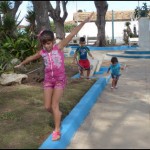
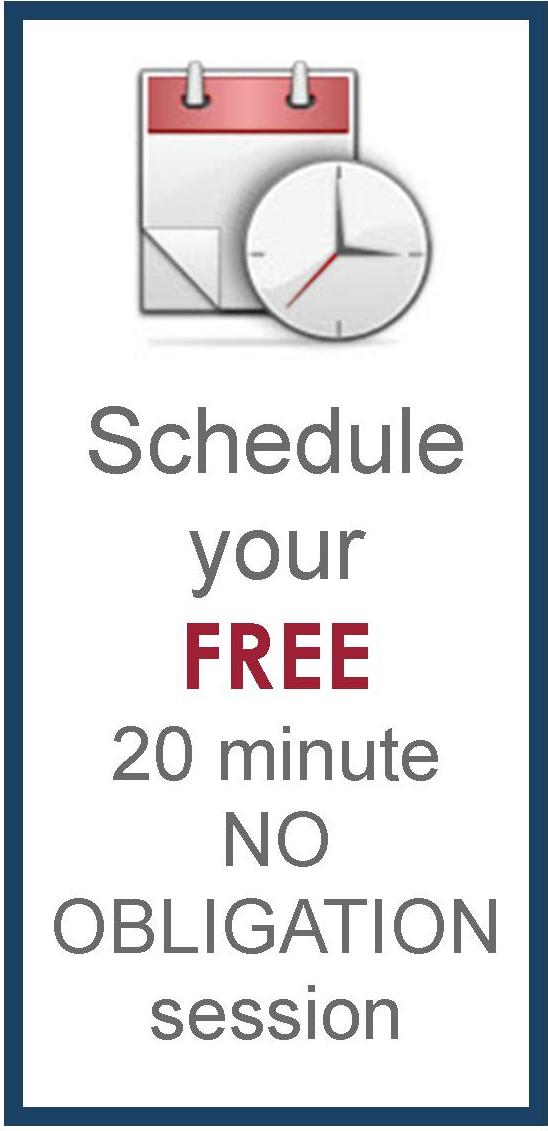
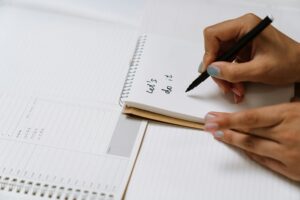

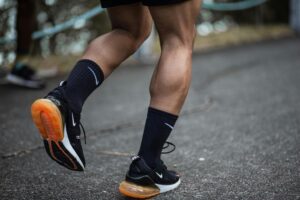

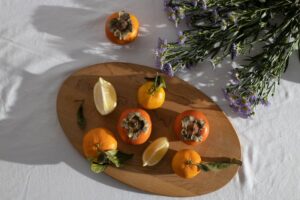
Awesome! Amazing. I am jealous! Canadians can go to Cuba, no problem—patriotic or otherwise—but I’ve not yet been.
Fidel Castro is a controversial and divisive world figure, lauded as a champion of anti-imperialism, humanitarianism, socialism and environmentalism by his supporters, but viewed as a dictator who has overseen multiple human rights abuses by his criti